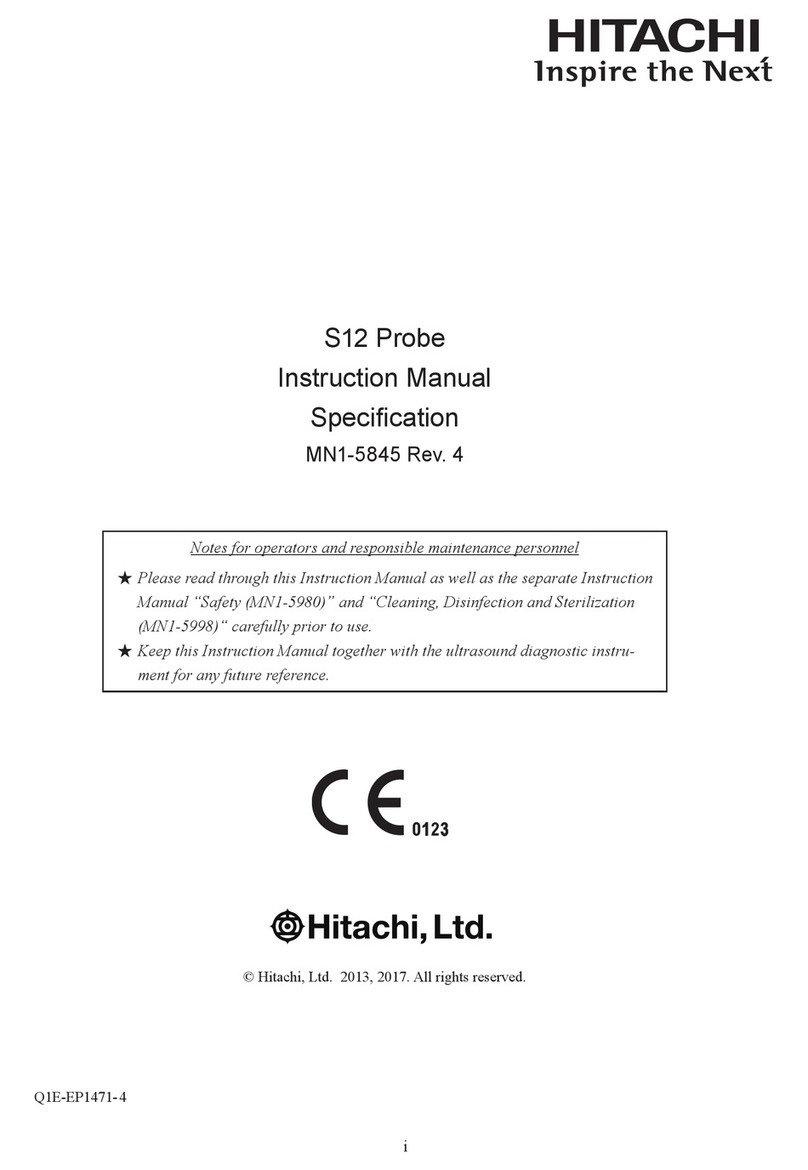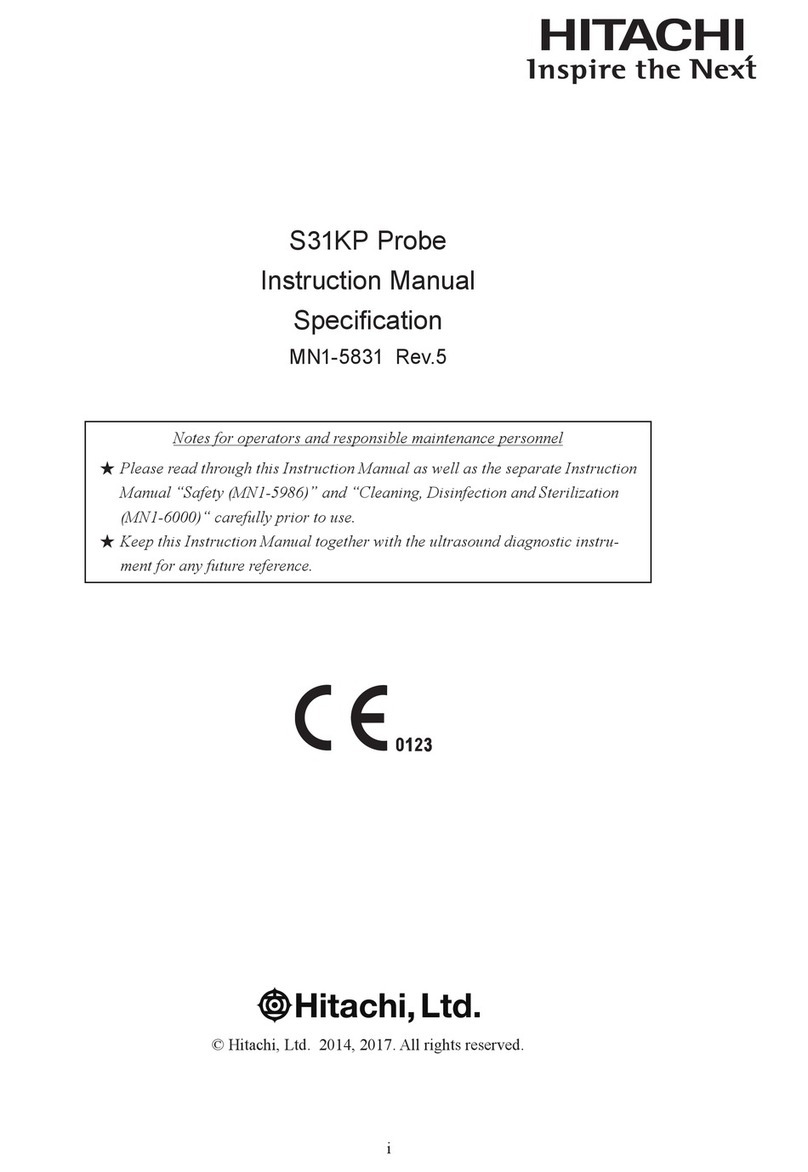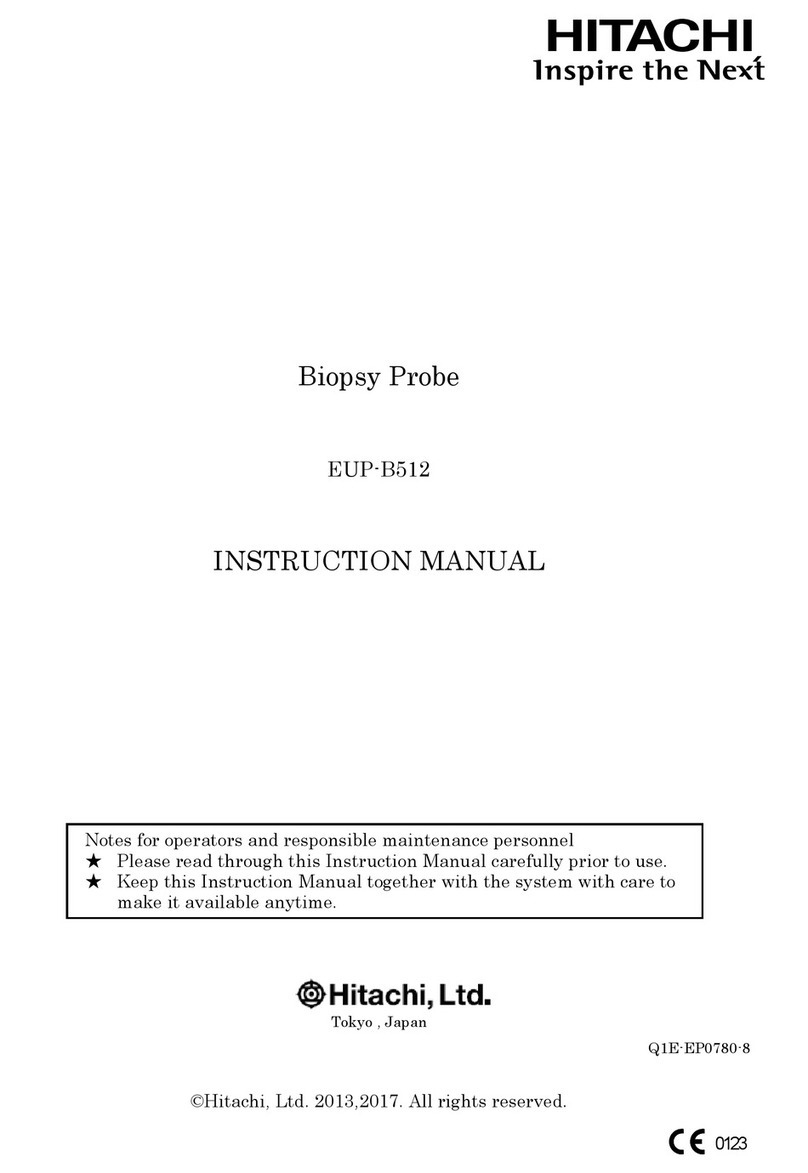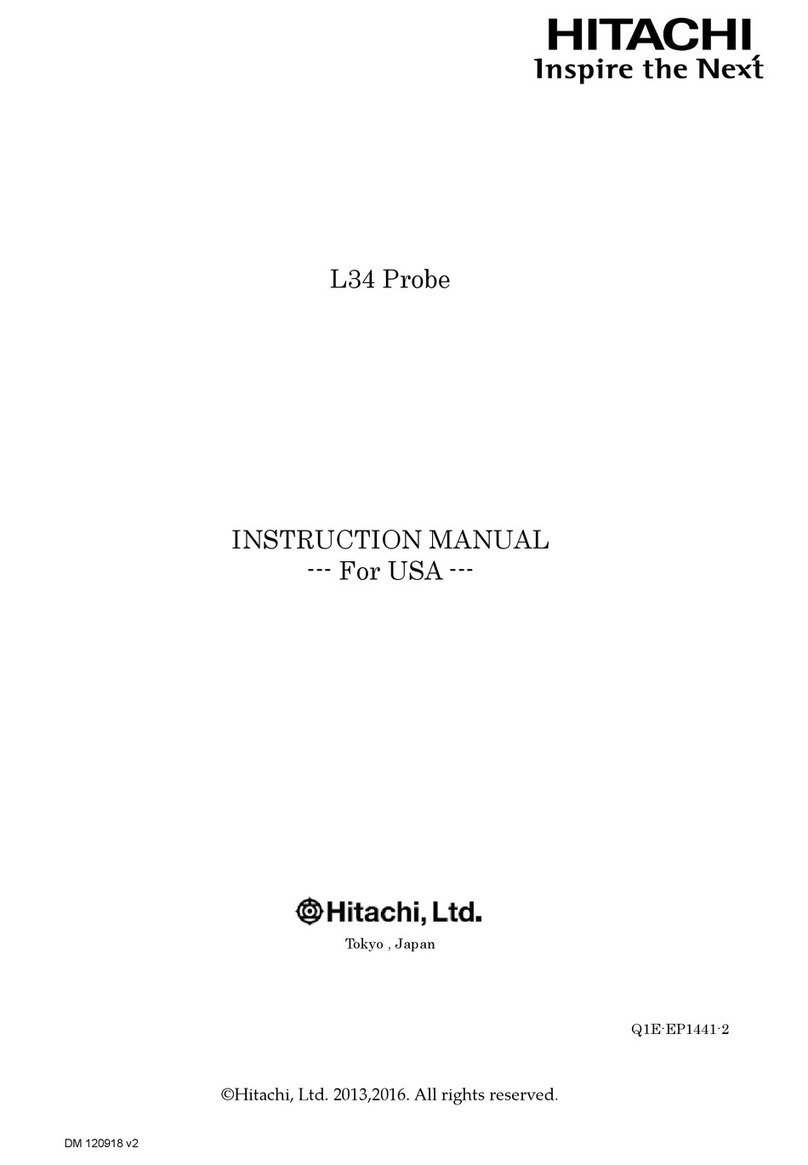Hitachi EUP-C524 User manual
Other Hitachi Medical Equipment manuals
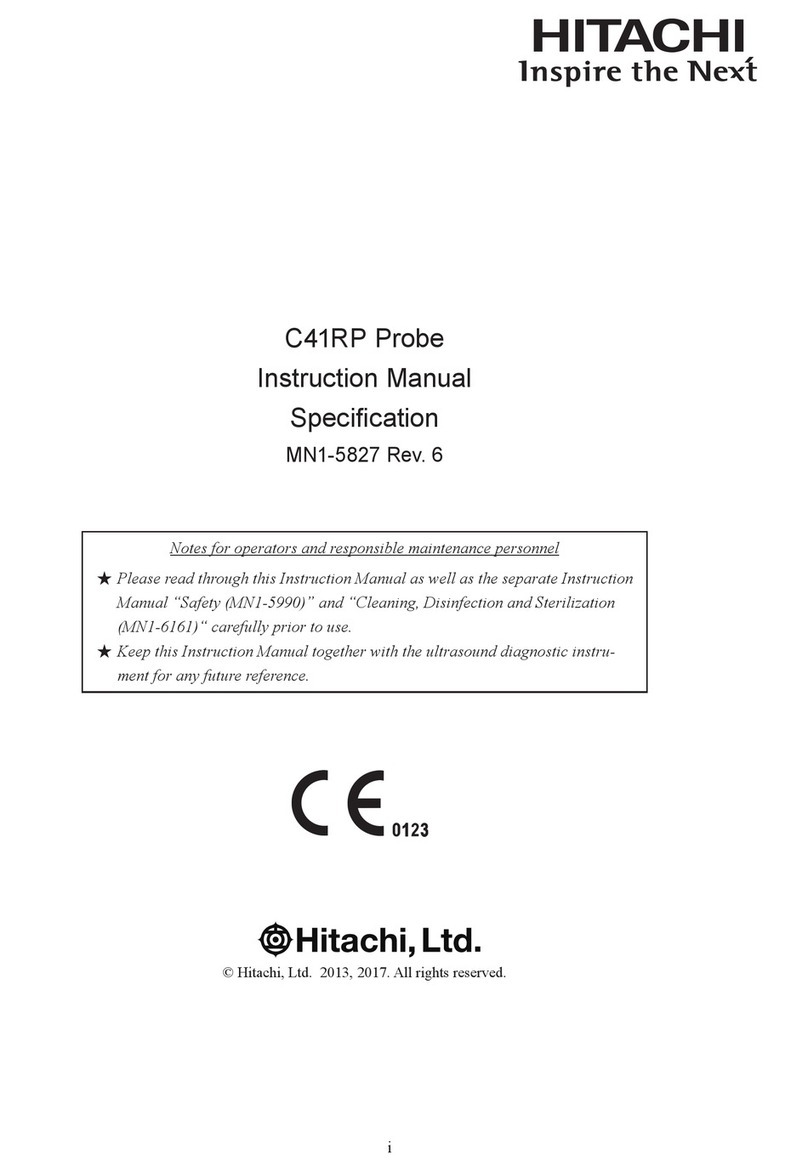
Hitachi
Hitachi C41RP User manual
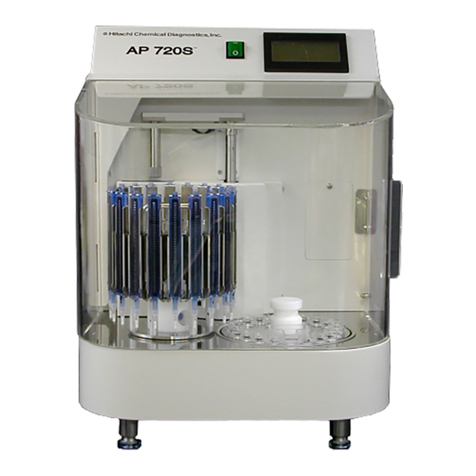
Hitachi
Hitachi AP 720S User manual
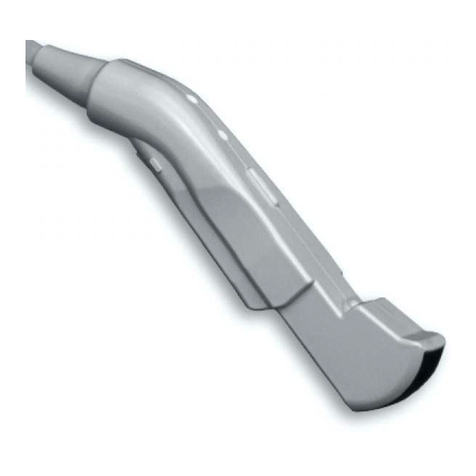
Hitachi
Hitachi C22P User manual
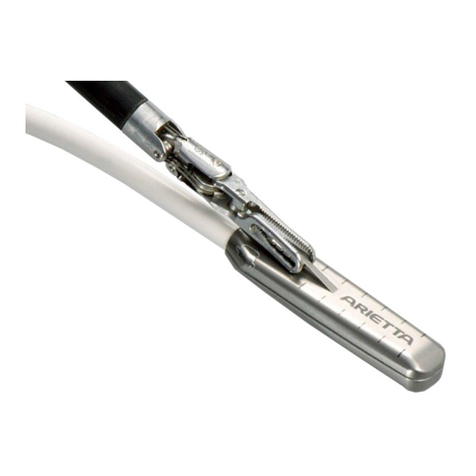
Hitachi
Hitachi L43K User manual
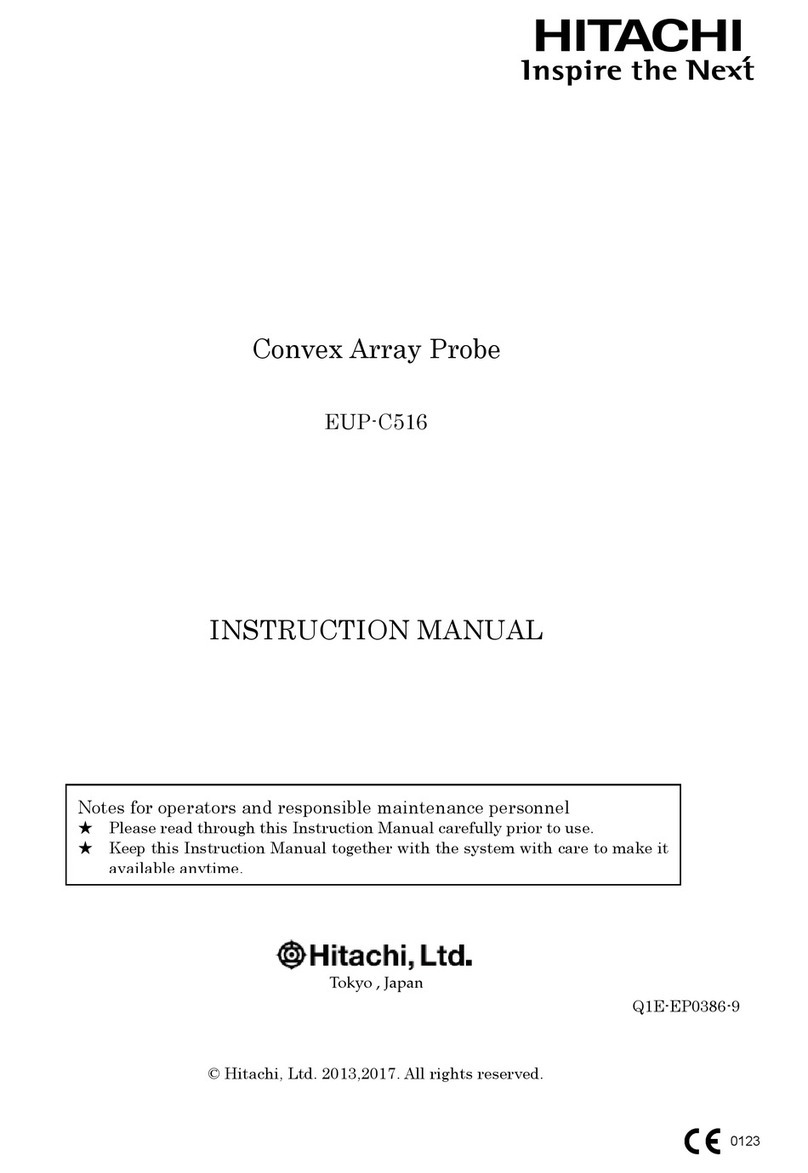
Hitachi
Hitachi EUP-C516 User manual
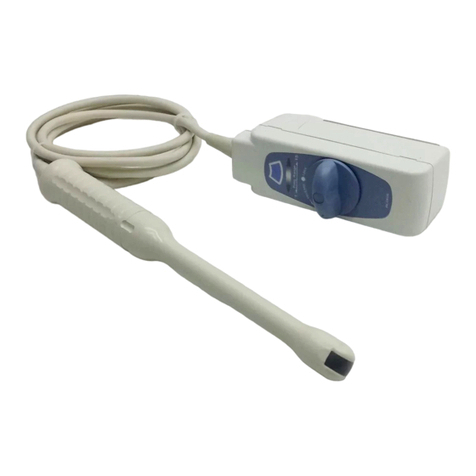
Hitachi
Hitachi UST-9124 User manual
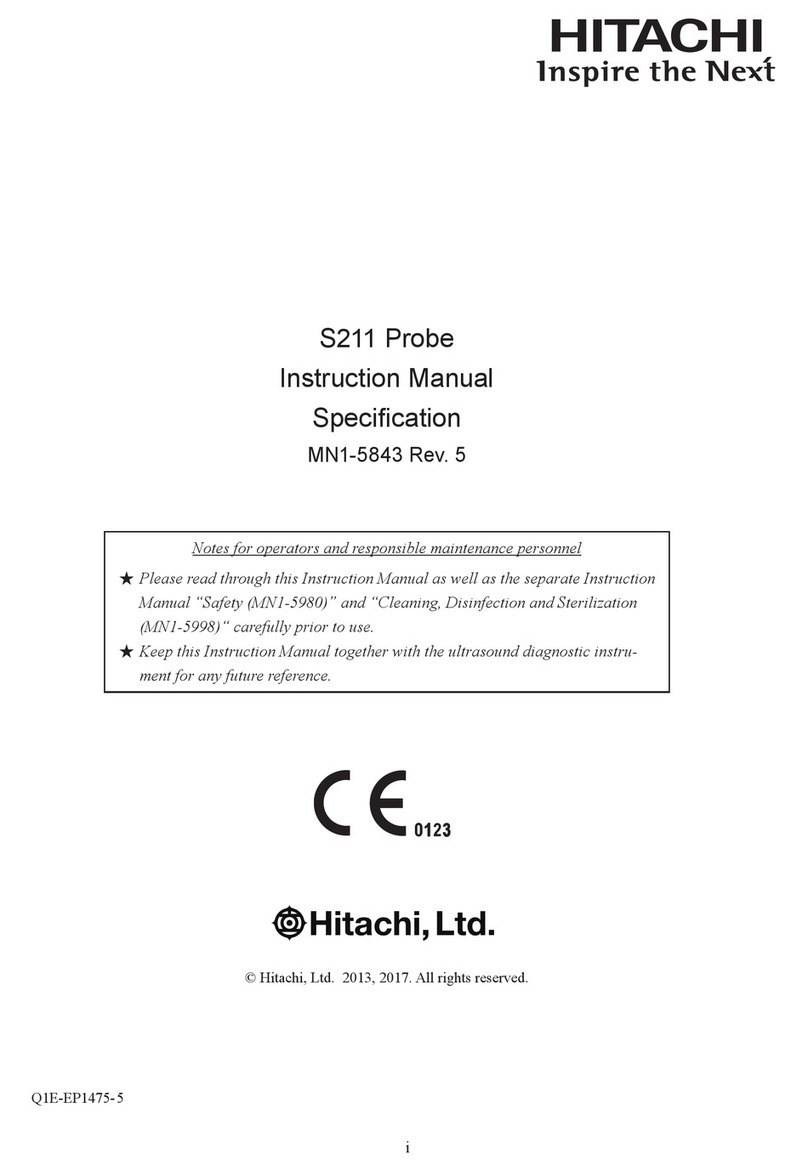
Hitachi
Hitachi S211 User manual
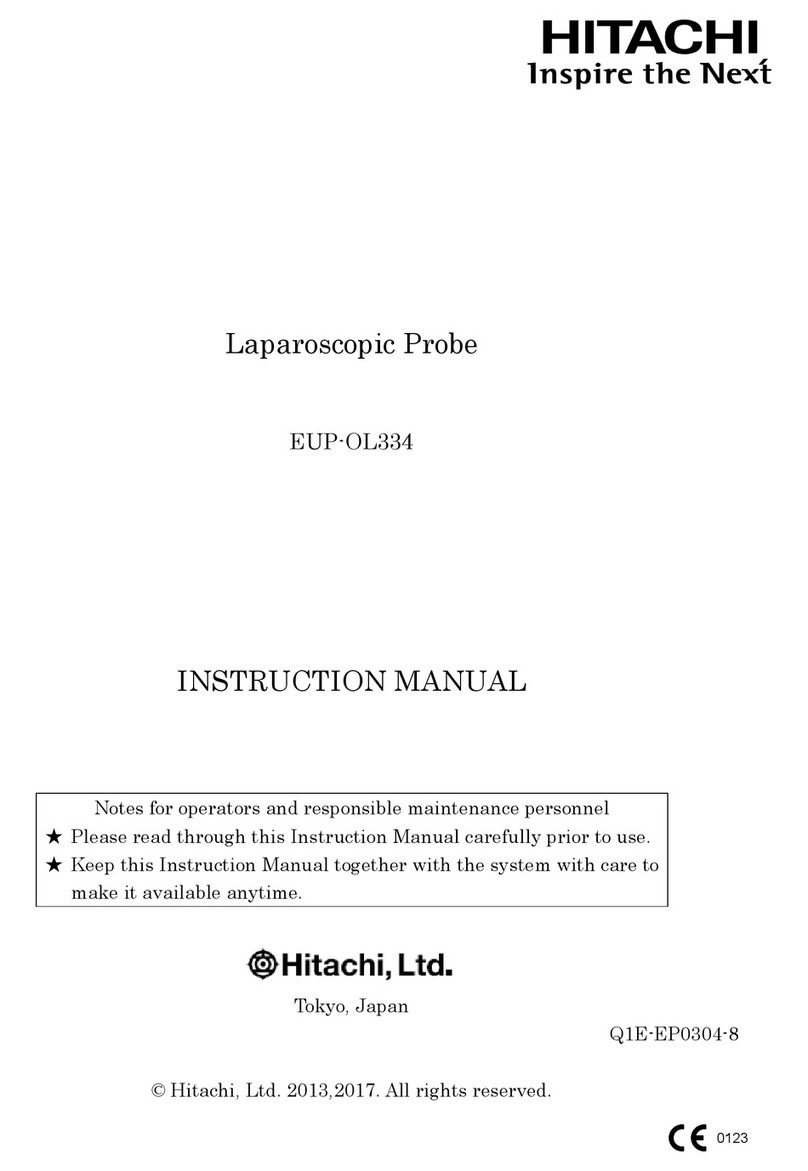
Hitachi
Hitachi EUP-OL334 User manual
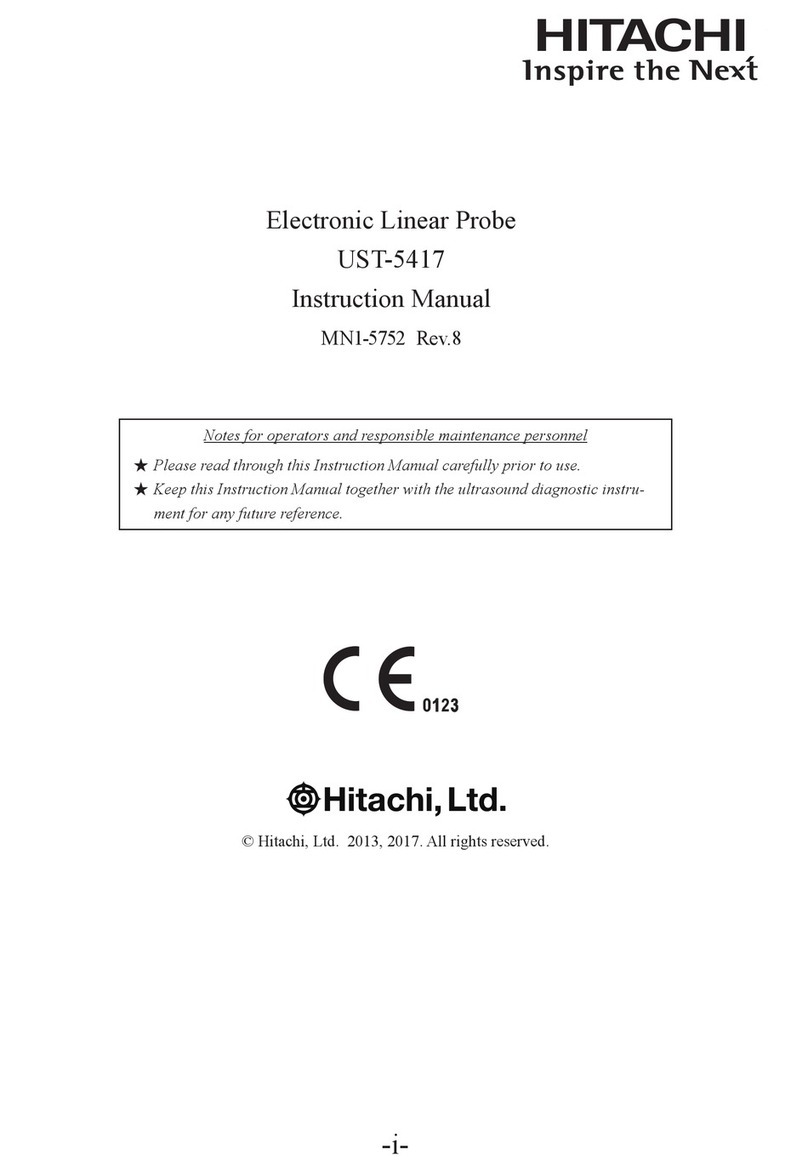
Hitachi
Hitachi UST-5417 User manual
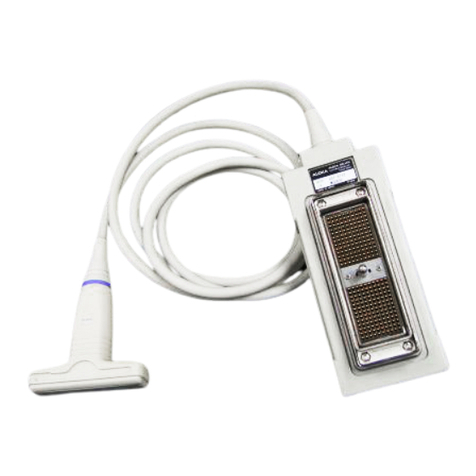
Hitachi
Hitachi UST-5710-7.5 User manual

Hitachi
Hitachi OPTIGEN AP 720STM User manual
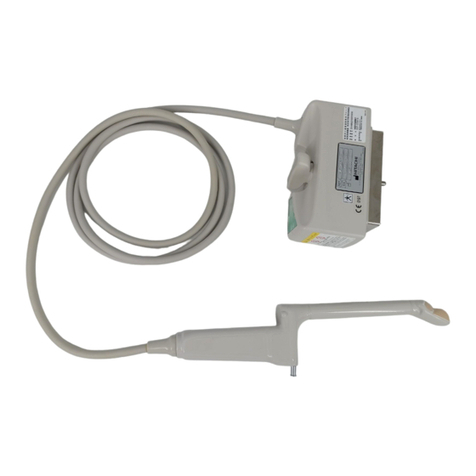
Hitachi
Hitachi EUP-CC531S User manual
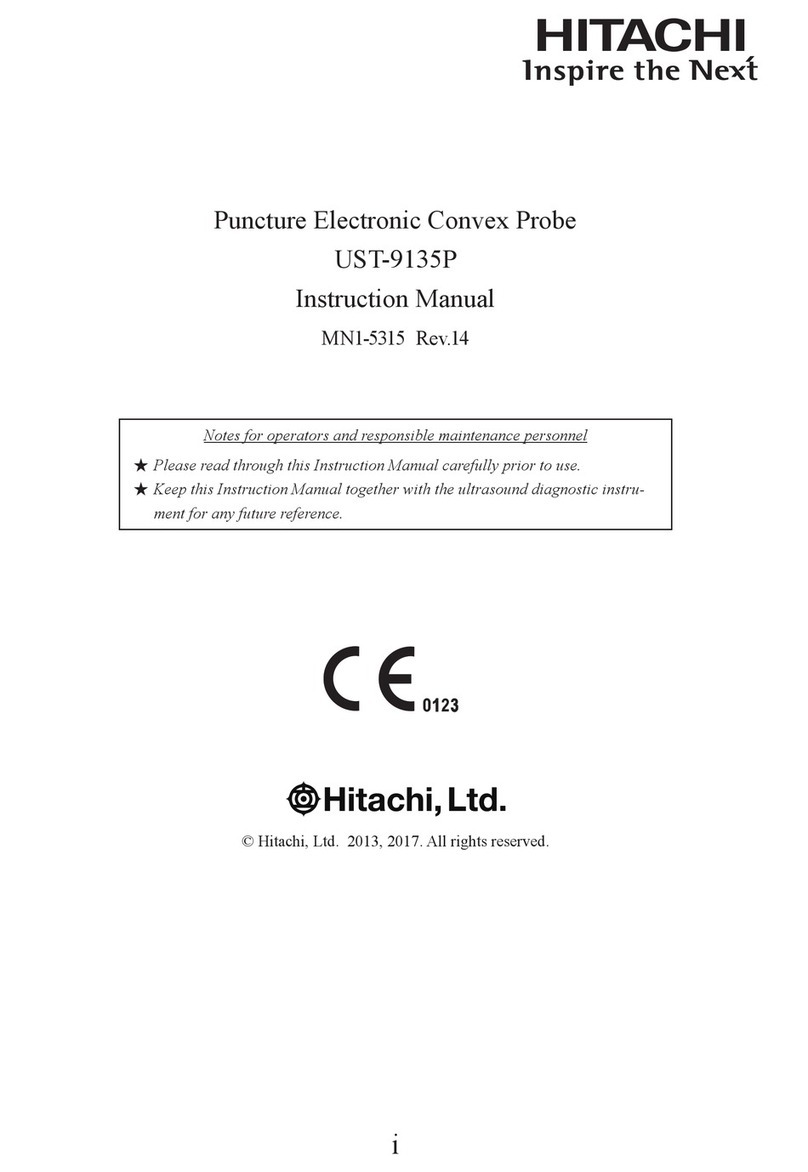
Hitachi
Hitachi UST-9135P User manual
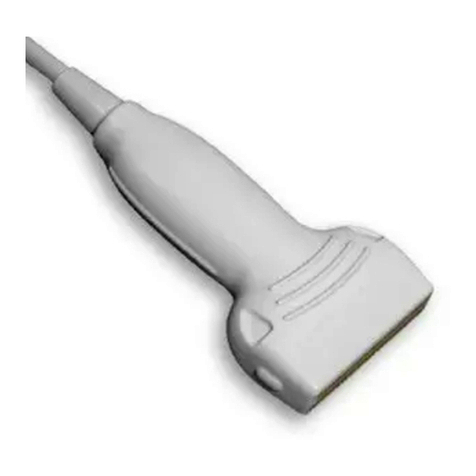
Hitachi
Hitachi EUP-L74M User manual
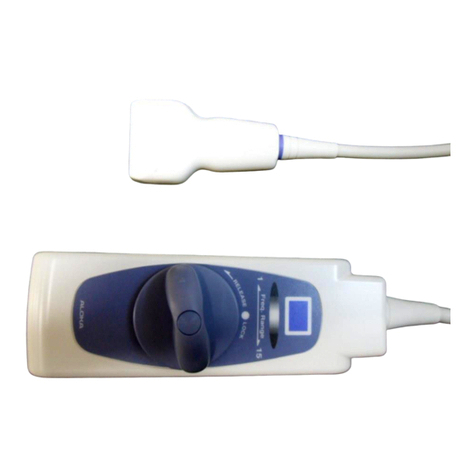
Hitachi
Hitachi UST-5412 User manual
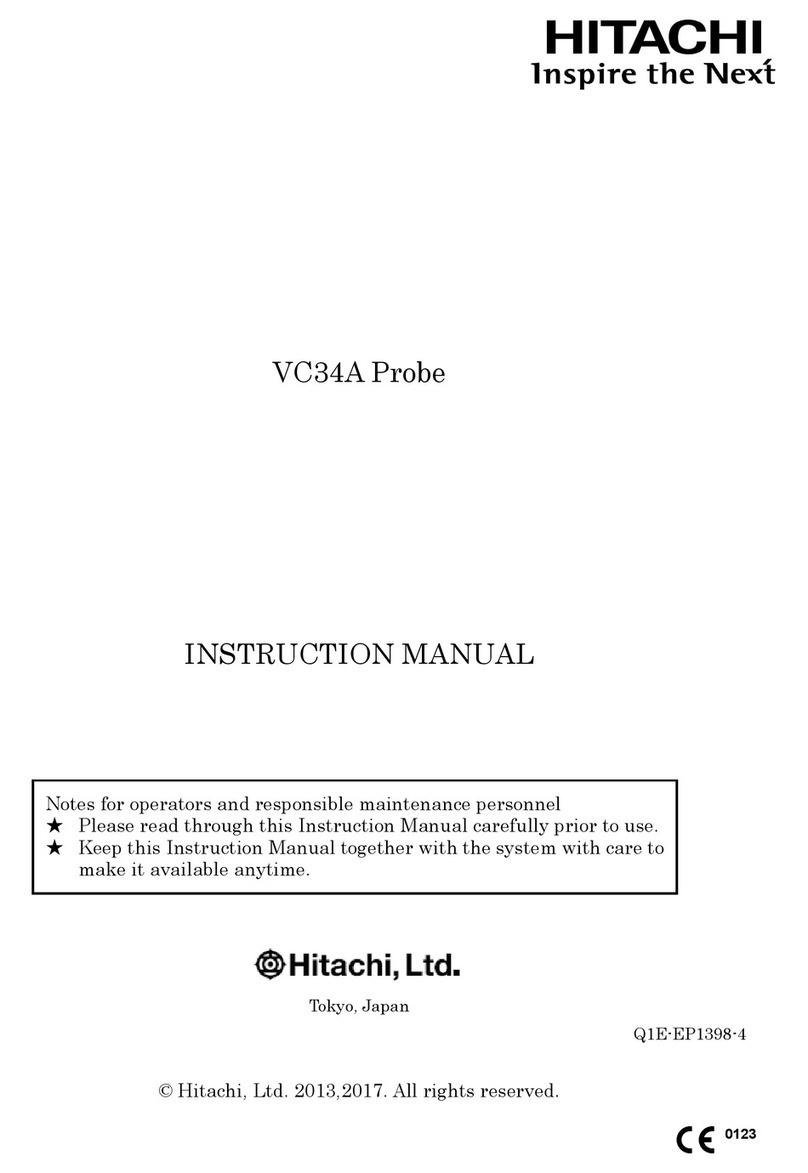
Hitachi
Hitachi VC34A Probe User manual
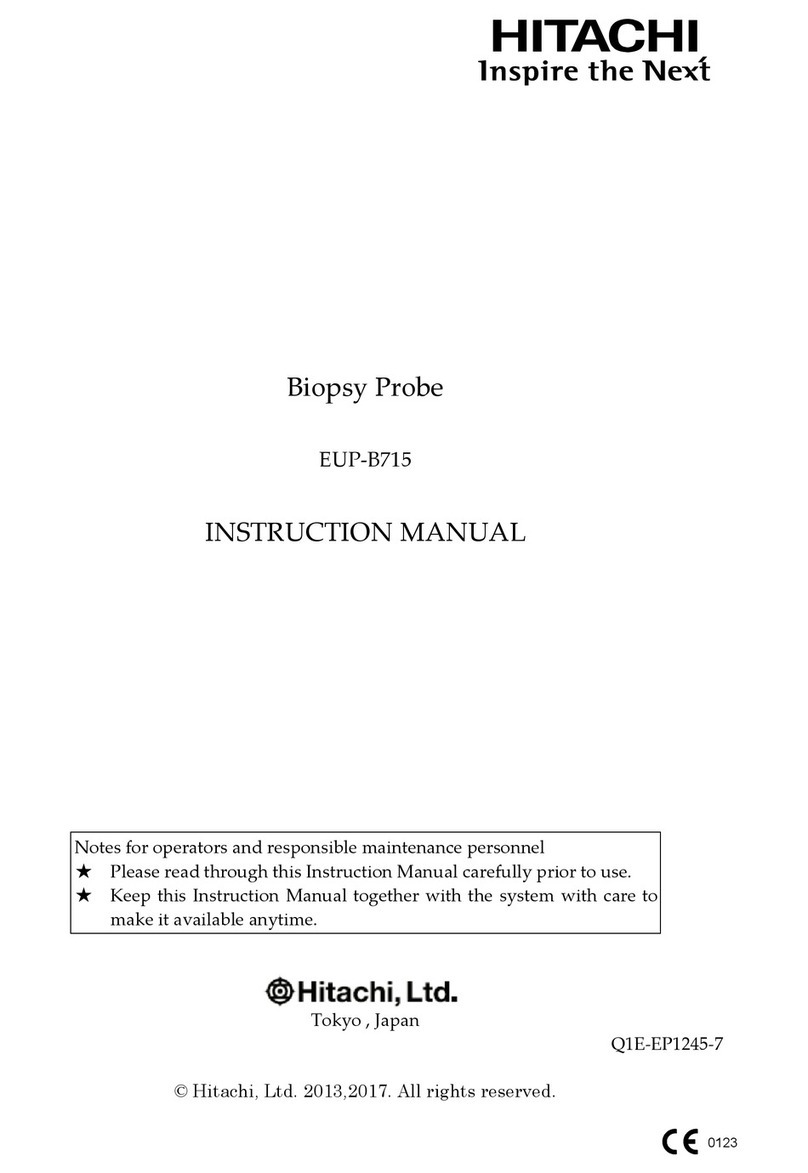
Hitachi
Hitachi EUP B715 User manual

Hitachi
Hitachi C42T User manual
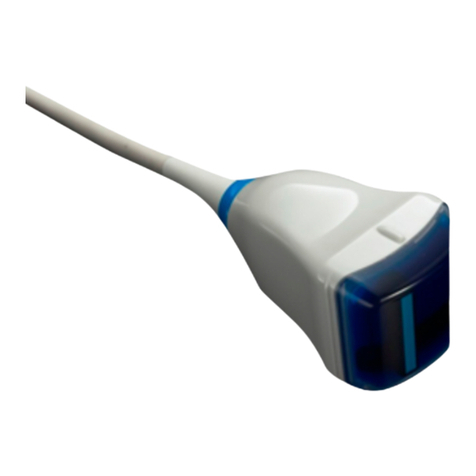
Hitachi
Hitachi EUP-LV74 User manual
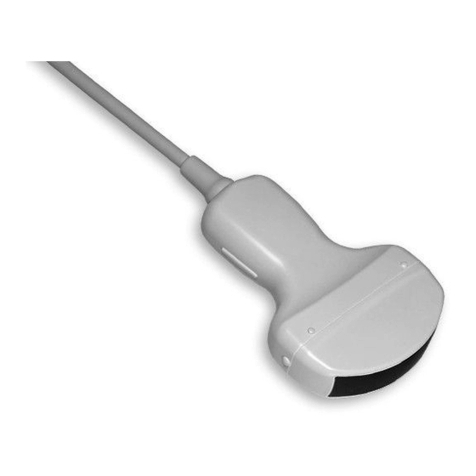
Hitachi
Hitachi C251 User manual
Popular Medical Equipment manuals by other brands

Getinge
Getinge Arjohuntleigh Nimbus 3 Professional Instructions for use

Mettler Electronics
Mettler Electronics Sonicator 730 Maintenance manual

Pressalit Care
Pressalit Care R1100 Mounting instruction

Denas MS
Denas MS DENAS-T operating manual

bort medical
bort medical ActiveColor quick guide

AccuVein
AccuVein AV400 user manual
